How to Spot Which Dynasty Your Hanfu Is From
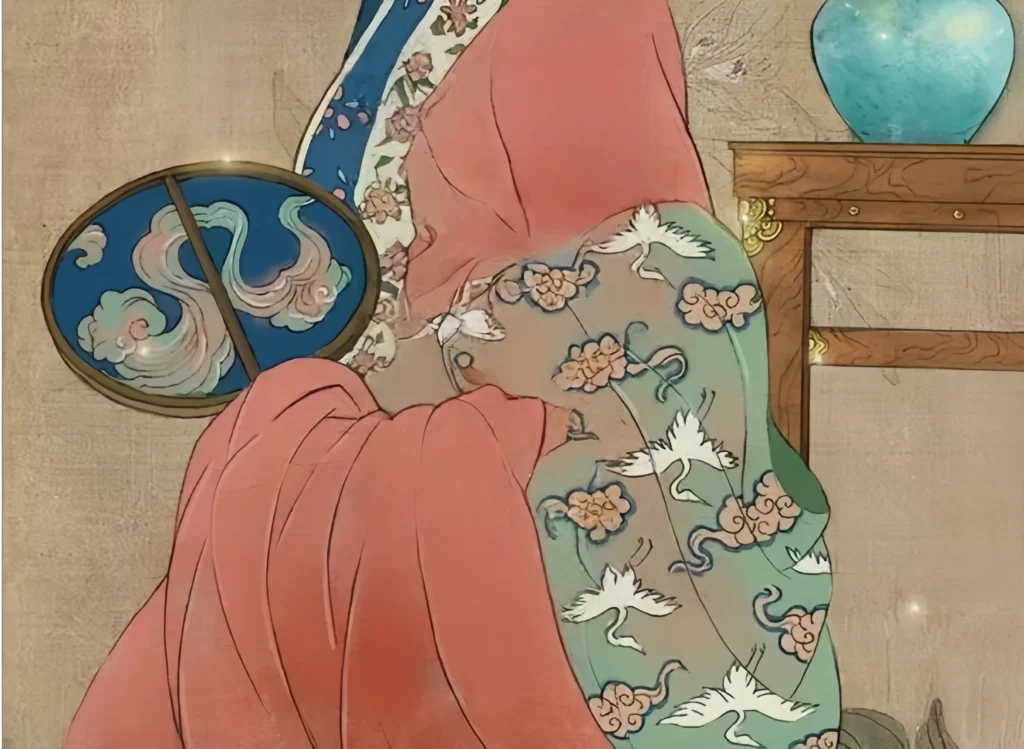
Spot Hanfu by Dynasty
Hanfu – traditional Han Chinese clothing – flows from the same roots across Hanfu by dynasty, but each Hanfu, the traditional clothing of the Han Chinese, has maintained a continuous cultural heritage throughout different Hanfu by dynasty, while showing unique characteristics in each period.
Han Dynasty Hanfu
Men’s clothing during the Han Dynasty was mainly divided into two types: quju (curved hem robe) and zhiju (straight hem robe). Women’s formal attire was mostly based on the shenyi (deep robe), though it had evolved from the Warring States style.
The main features included multiple layers of collars and wider hems. Common elements were Hanfu collar cross-collars (jiaoling), right-lapped closures (youren), Hanfu sleeves wide, and straight hems bordered with wide trims.
One distinctive design was the “xuren” (extended lapel), where the front panel of the robe extended from under the arm all the way down to the hem. This style was popular in the Changsha region during the Western Han period. It was a continuation of the earlier straight-hem form, complementing the “quju” robe style. When wrapped around the body and fastened with a belt, it provided both elegance and warmth—practical for the colder seasons.

Wei, Jin, and Northern & Southern Dynasties Hanfu
Women’s clothing during the Wei and Jin dynasties continued some Han traditions while also incorporating styles from minority groups. The overall look was “slim at the top, wide at the bottom.”
They typically wore short jackets (ru), shirts (shan), and long pleated skirts that reached the floor, creating a flowing and graceful silhouette. The fitted upper garments contrasted with the loose lower skirts, emphasizing elegance and refinement. The addition of elaborate jewelry and accessories reflected a luxurious fashion aesthetic.
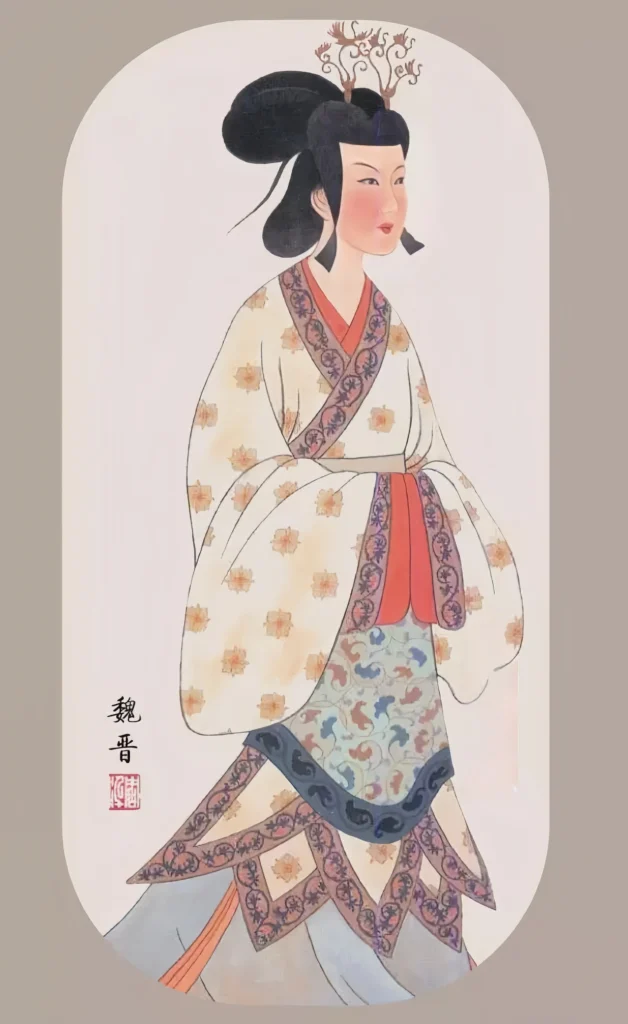
One of the most artistic representations of this period’s beauty can be seen in Cao Zhi’s Rhapsody on the Goddess of the Luo River (洛神赋), where the goddess is described as “light as drifting clouds, graceful as swirling snow.”
Distinctive clothing from this era included the zaju chuishao (decorated skirt with layered triangular flaps), duijin shan (front-open tops), and striped or colorful pleated skirts. The chuishao design featured pointed triangular panels resembling fluttering flags, giving a sense of movement as one walked — beautifully described as “flying ribbons in the wind.”

Sui Dynasty Hanfu
During the Sui Dynasty, women commonly wore blue skirts. When going out, they covered their faces with a mili veil. This blend of northern and southern influences carried forward the artistic features of earlier hu-style (nomadic) clothing, which later influenced Tang fashion.
Typical Sui women’s outfits consisted of ru (short blouses), shan (long shirts), ao (jackets), and long skirts. The most popular style was the high-waisted long skirt tied above the chest.
In Dunhuang murals, noblewomen are depicted wearing small-sleeved outer robes or shawls (pei), while their maids and musicians wore tight-sleeved shirts with high-waisted skirts and ribbons hanging from the belt. Their hair was often styled in double buns.

Tang Dynasty Hanfu
The Tang Dynasty marked a period of prosperity, openness, and artistic brilliance. Women’s clothing became more diverse and luxurious, emphasizing the combination of skirt, blouse, and shawl (pei).
Upper-class women often wore open-necked blouses revealing the chest and shoulders — similar to modern evening gowns, though not exposing the back. Such styles were limited to women of high social rank.
Hanfu collar designs varied from round and square to diagonal and heart-shaped (jixinling). The short blouses paired with long skirts tied high above the waist created a tall and elegant silhouette.
Hanfu skirt length was often super high, sometimes under the arms.
Hanfu colors were famous for their vivid tones — red, purple, yellow, and green — with red being especially popular. This era embraced cultural exchange, incorporating foreign design elements that made Tang fashion even more vibrant and cosmopolitan.
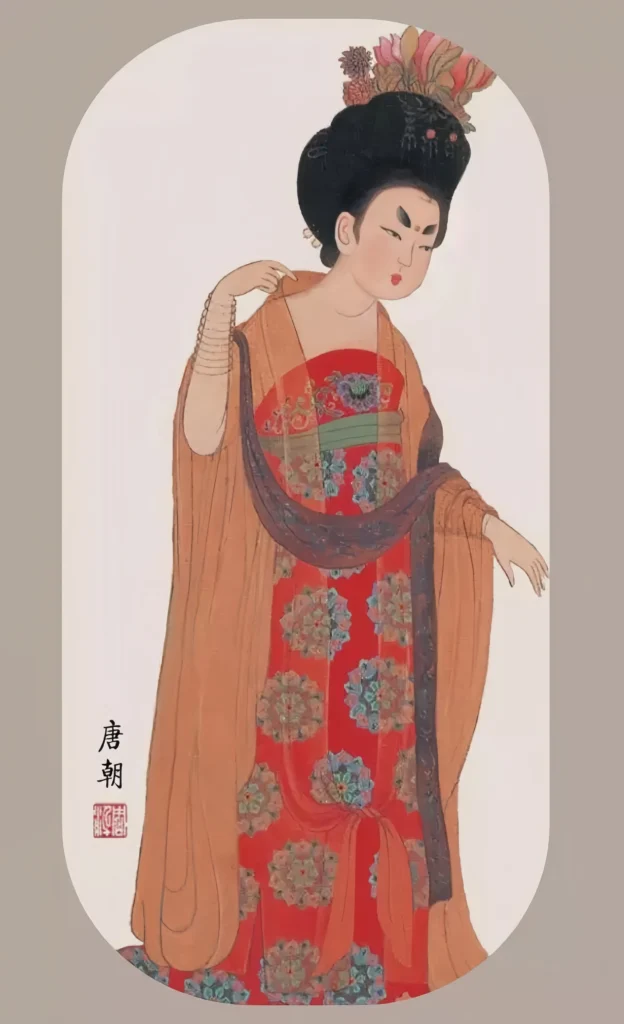
Song Dynasty Hanfu
In the Song Dynasty, classical Chinese aesthetics reached their peak, and under Neo-Confucian influence, clothing became simpler and more refined.
Women’s clothing followed the Tang legacy but emphasized elegance and restraint. Common garments included shan, ru, ao, beizi (long overcoat), skirt, and pao (robe).
Large-sleeved robes from the late Tang and Five Dynasties periods remained popular among noblewomen, serving as ceremonial attire. Ordinary women, however, wore beizi as daily clothing.
The beizi usually had front openings without buttons, revealing the inner garment naturally. Most were knee-length or slightly longer, reflecting the understated beauty and minimalist aesthetic of the Song era.

Ming Dynasty Hanfu
Hanfu in the Ming Dynasty saw major structural changes — most notably, the introduction of front buttons, replacing the traditional ties used for thousands of years.
Compared to the Tang period, Ming clothing reversed the proportion between tops and skirts: the upper garments became longer while the Hanfu skirt length shorter. The Hanfu collar evolved from the Song-style cross collar to mostly round collars.
Women’s outfits typically featured a long-sleeved, round-collared top and a skirt showing just a few inches below. Outer sleeves were often trimmed with embroidery or fur in winter.
Ming women also wore various hair accessories, including zhe mei le (forehead bands) and yunjian (cloud-shaped shoulder collars). Another iconic item was the xiapei — a decorative shawl named after its colorful, rosy appearance, symbolizing grace and nobility.
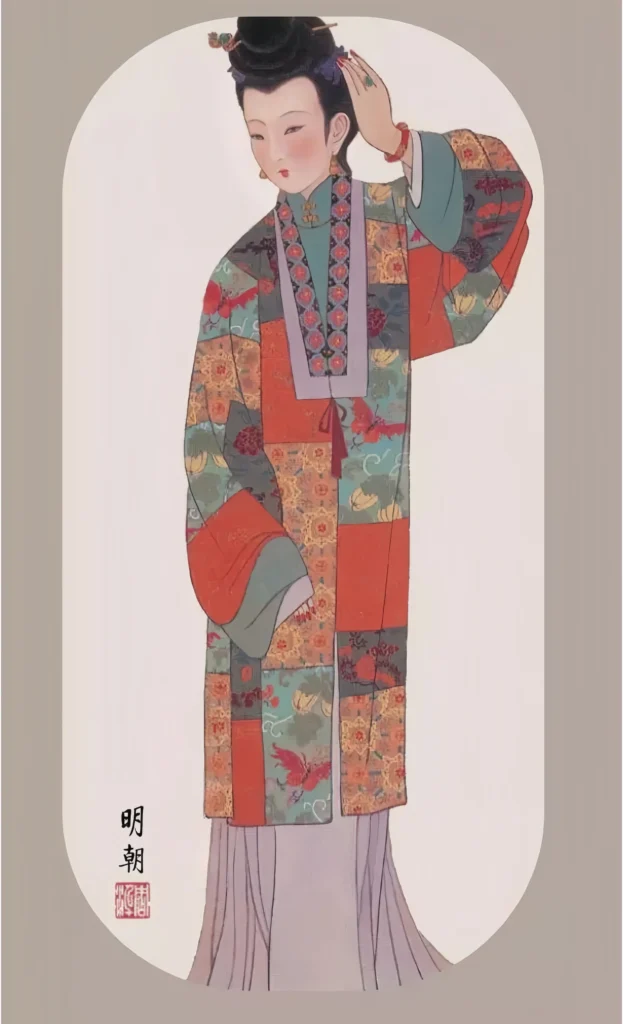
Summary
Each Hanfu by dynasty tells a story about its time — from the layered elegance of the Han, the artistic flair of the Wei and Jin, the luxurious boldness of the Tang, the quiet refinement of the Song, to the structured sophistication of the Ming.
Recognizing the era of your Hanfu not only helps you appreciate its design details but also connects you to the cultural heartbeat of Chinese history through the art of clothing — a true journey through Hanfu by dynasty.
Ready to wear your history?
Check our Hanfu dynasty guide for styling tips!




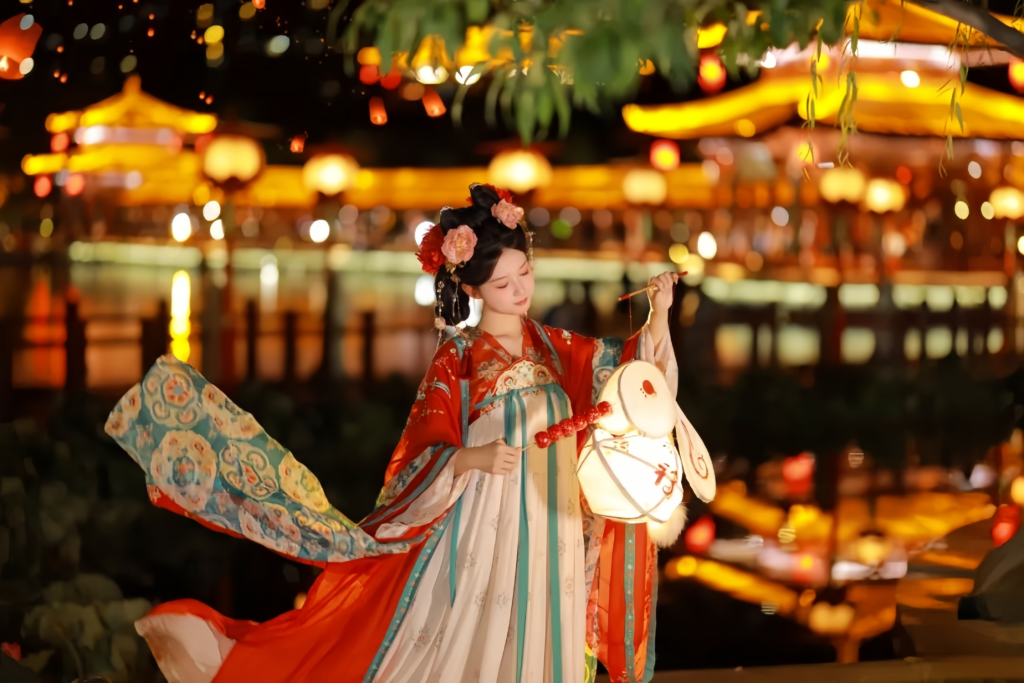
Responses